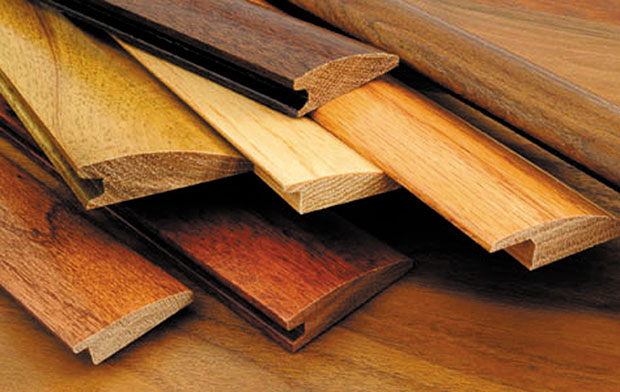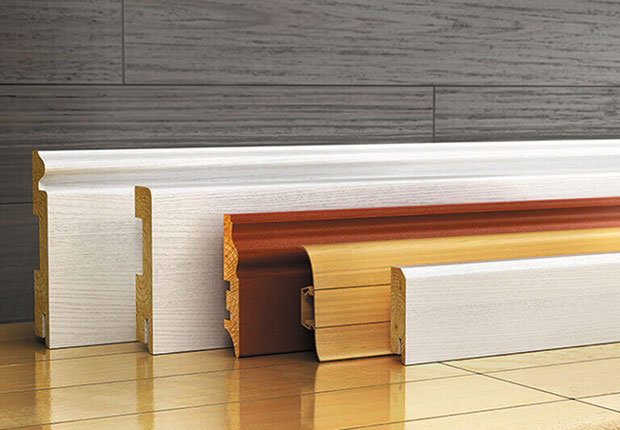This is the seventh in a series of 12 articles featuring the great information usually shared at Kahala Pacific Floors’ monthly Great Flooring 101 seminars. The COVID-19 pandemic has forced them to cancel the wonderful sessions, but company president Shirley Pai Hilton has developed a new hourlong webinar version and is sharing some of the information right here with us.
Thus far, we have talked about products: different forms of wood flooring, characteristics of wood and bamboo, laminate flooring, luxury vinyl and basic installation information. This week we will talk about how to finish it all off nicely.
With the exception of tile and carpet, all other flooring materials require that you leave what is called an “expansion gap” wherever the outer edge of your flooring meets a fixed item, such as a wall, column, cabinet or an adjacent floor. Many materials — like wood, bamboo and laminate flooring — expand and contract constantly, so they must be given enough room to move back and forth. If not, the floor may start to buckle due to hitting an obstacle, such as the wall next to it. Even today’s luxury vinyl floors, which do not expand and contract, need some space due to the possibility of your walls expanding and pushing against the floor.
Because of this requirement, we are left with an open space that needs to be covered up in some way. This is where perimeter moldings, such as quarter rounds and baseboards, come into play. Not only do they make the flooring installation more attractive, but their main purpose is to also cover up the opening.
Transitional moldings, on the other hand, are used to finish off the flooring in certain areas to achieve both aesthetics and safety. A threshold molding (aka an end cap) is used to cover the rough-cut edges of your flooring at your front door, for example, or along patio sliders. It is also used to cover the rough wood edges when butting up to carpet. Reducers finish off the floor by ramping down from a higher flooring material to a lower one (i.e. wood down to sheet vinyl).
Lastly, T-moldings bridge gaps between two floors that are about even in height, such as wood to an adjacent tile floor. These transitions should be used sparingly, but they are necessary to make sure no sharp edges are exposed.
Want to learn more and get a special discount on your flooring? Please register for one of our upcoming Saturday or evening sessions of Great Flooring 101.
Upcoming webinars are on Thursday, Dec. 17, at 7 p.m. or Saturday, Jan. 9, at 10 a.m. Registration is required, so please sign up by calling 847-7711 or emailing sales@piiwood.com. See you online!
KAHALA PACIFIC FLOORS
CONTACT 847-7711
See more articles from: Kahala Floors


